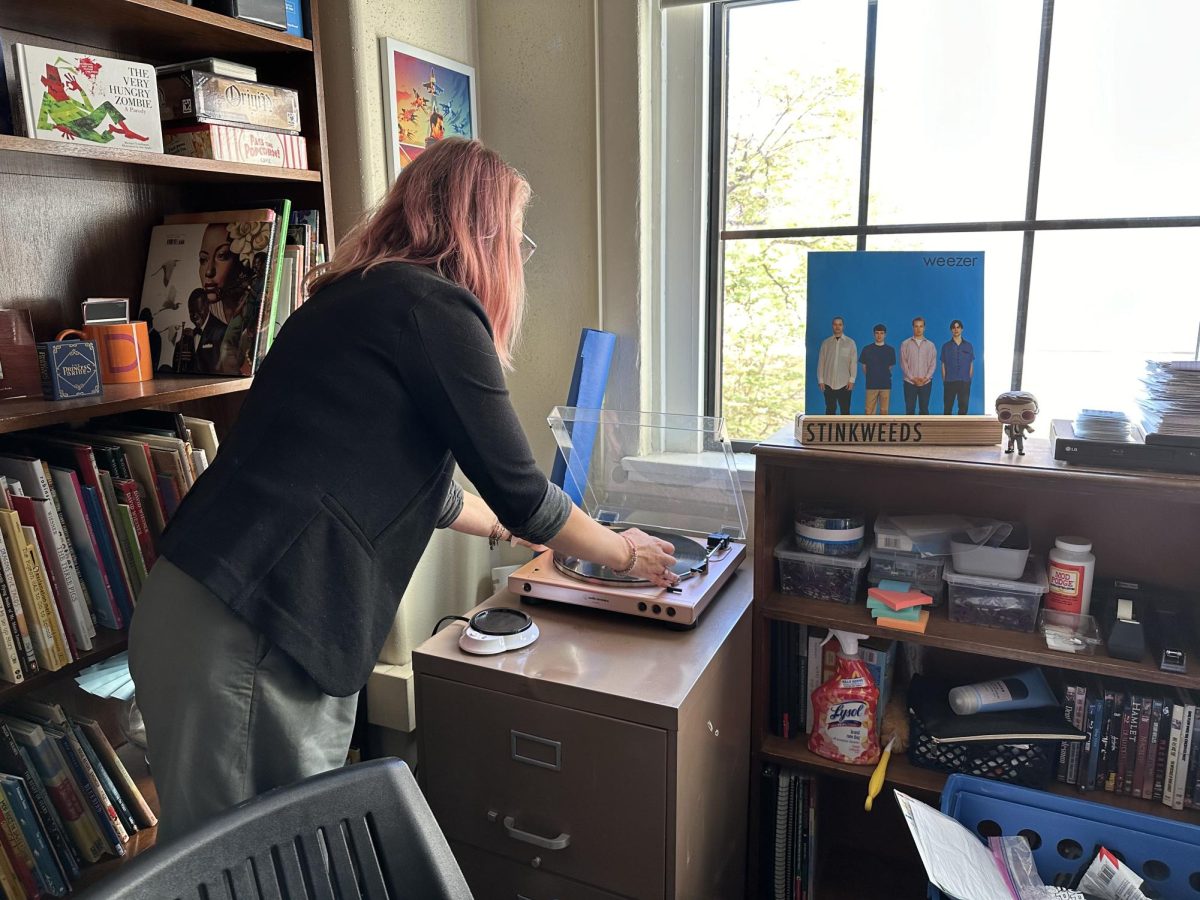Commentary by P. Erik Meyer ’14
THE ROUNDUP
Lunchtime is that time of the day when all students can relax, catch up with friends and engage in fun activities.
For some, fun activities consist of playing sports with their friends in the Robson Gymnasium.
On any day of the week one can expect to see students playing pick-up basketball games, bump-out and eating in the upper sections of the gym.
During certain parts of the year, the gym is the focus of intramurals, basketball in the fall, handball in the winter and more basketball in the spring.
Recently though, there has not been enough organization when it comes to intramural sports. This has been particularly noticeable during the handball intramural season. Students rarely show up for their team and often there is a gang of students who play all lunch in place of the missing teams.
As a member of a handball team, I did not receive an email or notification about the schedule and, as a result, was never able to play for my team but rather joined in with students from parts of other teams.
For teams to be able to compete, there should be a method of checking in that requires identification of the players. That way those teams who never show up to play can be disqualified from the championship tournament and in turn expedite the handball season.
Another simple improvement would be a more efficient and succinct form of communication so that all intramural athletes know their schedule and opponent. If opposing teams know who their opponents are, they could also help control the amount of “fraudulent” players playing in place of scheduled, no-show opponents.
A final proposal, an issue more during the intramural basketball season than handball, would be to find a way to limit the number of students who participate on more than one team, or instead figure out a way to schedule their games so that they are not conflicting.
During the fall intramural basketball season, I was a member of more than one team and often found myself having to choose which team to play for, or switching courts mid-game so that I could support both teams.
One solution is to ban double team membership so that each student can only be on one team per division.
Director of Scheduling and Student Records Mr. Tony Oldani addressed some of these concerns.
“I’m 99 percent sure that Mr. (Doug) Cox will be overseeing intramurals next year, so we will have an adult in charge to make sure schedules go out,” Mr. Oldani said. “So yes, we will address the structural flaws that have limited what intramurals can do.”
However, structural flaws are not the only issue with intramurals. “The social part of intramurals becomes tricky because we haven’t run as many events for a number of reasons,” Mr. Oldani said. “One, the demand for structured events is not what it once was, kids like the fact that the gym is open just to be open. We’ve picked up on that by noticing that when we did structure events half of the teams wouldn’t show up or would show up missing players and then just grab five guys who were just standing there to play.”
With Loyola Academy growing in size and construction on more sports facilities in the near future, Mr. Oldani said the future of how intramurals will be structured is uncertain.
“Facility wise, we are now having to share most facilities at lunch with Loyola kids,” Mr. Oldani said. “When we break ground this summer for the swimming pool, it’s going to shut down Loyola field so if there was any event that might have happened it will go away. Now 12 months later, we may be able to offer some type of pool-based intramurals, which we had way back when we had a pool on campus.”
Head of Student Council Mr. Pete Burr ’07 also said this year’s activities were a problem.
“Basketball seems to be the only consistent intramural sport because you can play a lot of games at once and the students who want the open gym are OK with that because they are already playing basketball anyway,” Mr. Burr said. “Handball although fun and different, you get two games in a lunch period, it takes four months, people forget and miss games so they miss one and are out of the tournament and that throws the whole thing off.”
Mr. Oldani said that the demand is not what it used to be. “There’s a small group of people clamoring for events. I think if we offer more stuff kids will do it,” Mr. Oldani said. “I also think kids like the open gym approach to things because the kids that are used to playing get offended for lack of a better word that for two weeks they can’t go in there and play because all of a sudden all these other kids who are never in there took their gym.”
The problems with intramurals are apparent, but it is nice to see that administration has recognized the issues and has a plan to fix them.

























